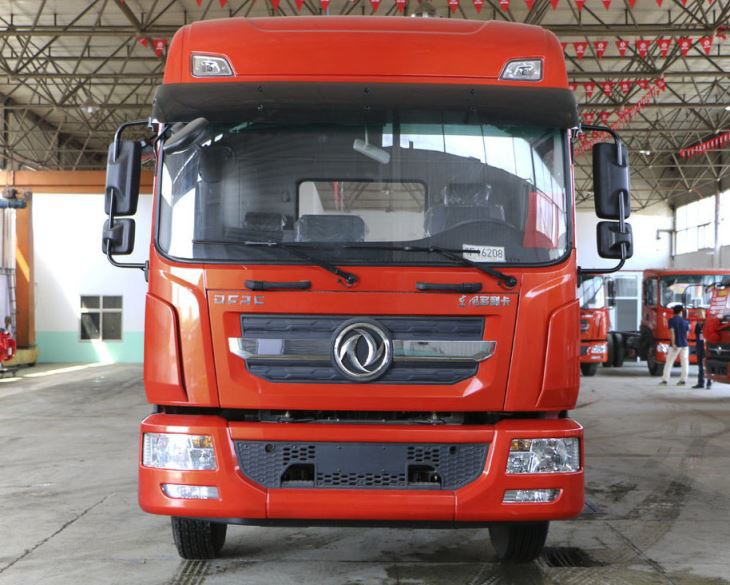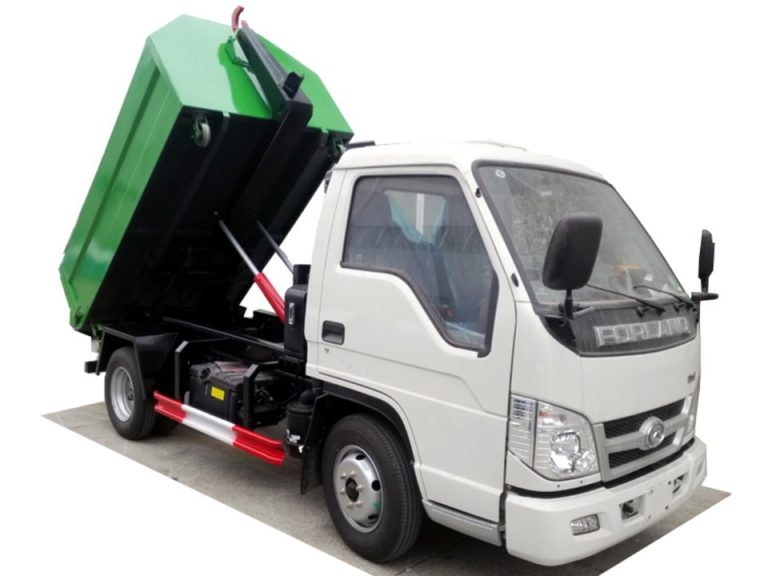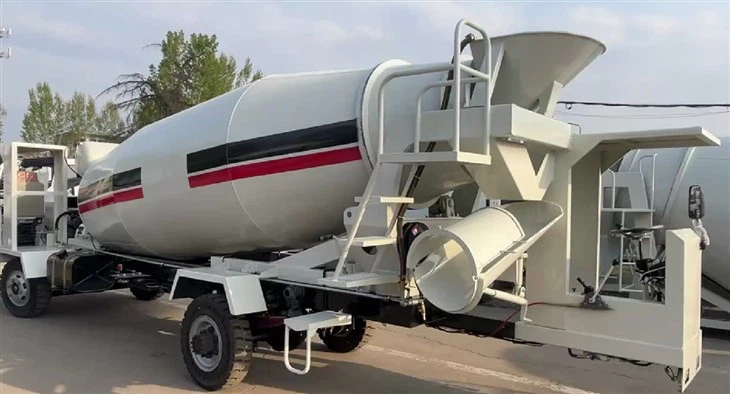Airport fire trucks play a critical role in ensuring the safety and security of passengers and aircraft in the aviation industry. These specialized vehicles are designed to respond quickly and efficiently to emergencies, including aircraft fires, fuel spills, and other hazardous incidents that could threaten lives and property. In this comprehensive article, we will delve into various aspects of airport fire trucks, including their types, features, training for firefighters, regulations, maintenance, and emerging technologies.
What Are Airport Fire Trucks?
Airport fire trucks are specialized firefighting vehicles that are specifically designed to tackle emergencies occurring within the confines of an airport. These trucks are equipped with advanced firefighting technology and equipment to handle various emergencies, particularly those related to aircraft incidents. The main goal of these vehicles is to ensure rapid response to fires and other emergencies to minimize damage and protect lives.
Types of Airport Fire Trucks
1. ARFF Vehicles (Aircraft Rescue and Fire Fighting)
ARFF vehicles are the backbone of airport fire services. They are designed to respond to fires in aircraft, and come equipped with specialized tools and equipment. ARFF vehicles vary in size and capabilities, but they generally include:
- High-capacity water tanks
- Foam dispersal systems
- Powerful pumps capable of delivering large volumes of water
- Rescue tools for emergency evacuations
- High maneuverability for navigating airport terrain
2. Fire Suppression Trucks
Fire suppression trucks are used for a wider range of airport incidents. These vehicles are smaller than ARFF vehicles and can be used in areas of the airport where larger trucks might be impractical. Features commonly found on fire suppression trucks include:
- Smaller water and foam tanks
- Manual firefighting equipment
- Rapid deployment capabilities
3. Mobile Command Centers
Mobile command centers are not fire trucks in the traditional sense but are essential for managing large-scale emergencies at airports. These vehicles allow incident commanders to effectively coordinate firefighting efforts. Features may include:
- Advanced communication systems
- Real-time data tracking
- Planning and logistics support
Features of Airport Fire Trucks
1. Pumping Systems
The pumping system is a key component of any airport fire truck. High-capacity pumps are required to deliver large volumes of water and foam at high pressure to combat fires effectively. Most ARFF trucks can pump anywhere from 1,500 to 3,000 gallons of water per minute.
2. Foam Systems
Foam systems are critical for suppressing flammable liquid fires, which are common in aviation incidents. Fire trucks are often equipped with AFFF (Aqueous Film Forming Foam) systems capable of creating a blanket of foam over jet fuel or other flammable liquids.
3. Firefighting Tools and Equipment
Airport fire trucks come with various tools, including:
- Hoses and nozzles for water and foam deployment
- Fire extinguishers for rapid response
- Rescue tools for emergency evacuations
- Thermal imaging cameras for locating heat sources
4. Safety Features
Safety is a top priority in airport fire truck design. Features may include roll cages for driver safety, reinforcing armor plating, and anti-skid technology for improved handling on wet or slippery surfaces.
Training for Firefighters
1. Initial Training Requirements
Firefighters assigned to airport fire services must undergo rigorous training before they can operate specialized equipment. The training usually includes:
- Fireground tactics and strategies
- Use of ARFF vehicles and equipment
- Emergency first aid and medical response
2. Certification Programs
Various certification programs are available for airport firefighters. These programs may cover:
- Aircraft rescue techniques
- Hazardous materials operations
- Fire department operations and command
3. Continuous Education
Ongoing training is essential to keep skills sharp and up-to-date with the latest technologies and techniques. Firefighters often participate in:
- Simulated emergency response drills
- Workshops on new firefighting technologies
- Updates on regulations and safety guidelines
Regulations Governing Airport Fire Services
1. International Standards
Many regulations governing airport fire services come from international bodies such as the International Civil Aviation Organization (ICAO). These regulations include guidelines for the minimum number of fire and rescue vehicles based on airport size and the types of services offered.
2. National Standards
In addition to international regulations, each country has its own set of standards regulating airport fire services. In the U.S., the Federal Aviation Administration (FAA) provides guidelines on ARFF services, including staffing requirements, vehicle specifications, and operational practices.
Maintenance of Airport Fire Trucks
1. Routine Inspections
Regular inspections and maintenance are crucial for ensuring that airport fire trucks function effectively. Conducting routine checks may include:
- Inspecting pumps and hoses
- Checking foam and water levels
- Testing emergency lighting and sirens
2. Scheduled Maintenance
Scheduled maintenance should be planned based on the manufacturer’s recommendations. This may include:
- Oil changes and engine checks
- Brake system inspections
- Replacement of worn-out equipment
Emerging Technologies in Airport Fire Trucks
1. Enhanced Data Analytics
Data analytics is becoming integral in the firefighting industry to enhance situational awareness. Advanced data systems can provide insights into:
- Fire trends in specific locations
- Optimal deployment strategies
- Resource allocation for emergencies
2. Drones in Firefighting
Drones are becoming increasingly popular for aerial reconnaissance during airport emergencies. They can provide real-time aerial footage and help monitor fire behavior from above.
3. Electric and Hybrid Fire Trucks
As sustainability becomes a priority, manufacturers are developing electric and hybrid fire trucks. These vehicles are designed to reduce carbon emissions while maintaining firefighting capabilities. Features may include:
- Lower maintenance costs
- Quieter operations
- Advanced battery technology for extended lifecycle
Practical Tips for Airport Management
1. Investing in Equipment
Airport management should prioritize investing in state-of-the-art fire truck technology. The initial cost can provide long-term savings through improved efficiency and reduced response times.
2. Conducting Drills and Exercises
Regular emergency drills can help ensure staff are prepared for various scenarios. Conducting joint exercises with nearby fire services can improve coordination and resource sharing during emergencies.
3. Engaging the Community
Engaging with the airport community—passengers, airlines, and local businesses—can help raise awareness about emergency protocols and safety measures. This proactive approach can enhance overall airport safety.
Frequently Asked Questions (FAQ)
1. What is the primary function of an airport fire truck?
The primary function of an airport fire truck is to respond quickly to emergencies involving aircraft and to suppress fires that may endanger lives and property at the airport.
2. How often should airport fire trucks be maintained?
Airport fire trucks should undergo routine inspections and maintenance as recommended by the manufacturer, with specific attention paid to pumps, hoses, and safety equipment to ensure they are always operational.
3. What are ARFF vehicles specifically designed to do?
ARFF vehicles are specifically designed to respond to aircraft emergencies. They are equipped with high-capacity water and foam systems, allowing firefighters to effectively tackle fires and perform rescues related to aviation incidents.
4. Are there international regulations for airport fire services?
Yes, international standards, such as those set by the ICAO, outline requirements for airport fire services to ensure safety and readiness around the globe.
5. What should be included in firefighter training for airport emergencies?
Firefighter training for airport emergencies should include tactics for fire suppression, rescue operations, use of ARFF vehicles and equipment, and emergency medical response skills.
6. How can technology improve airport fire fighting capabilities?
Emerging technologies, such as data analytics and drones, can enhance situational awareness, improve monitoring capabilities during incidents, and streamline firefighting operations, leading to better overall outcomes during emergencies.



